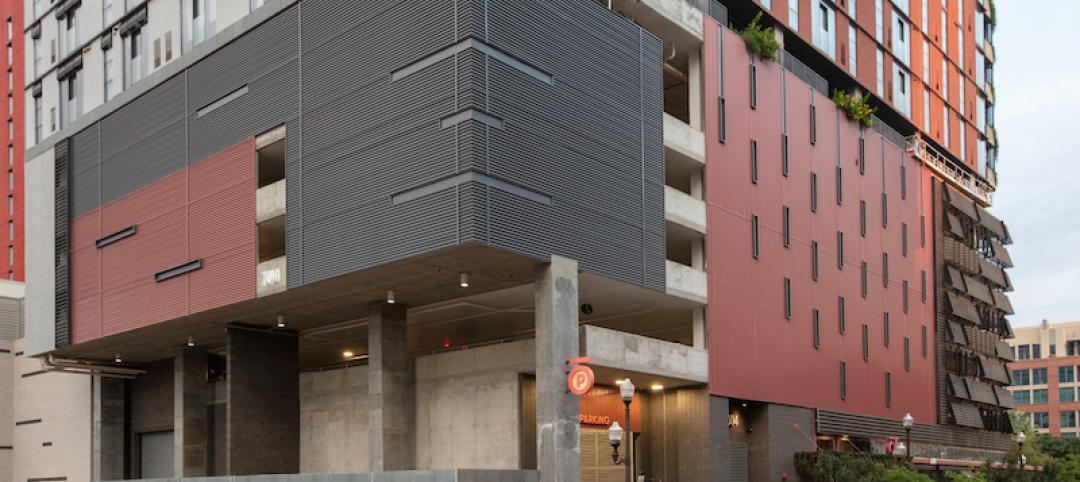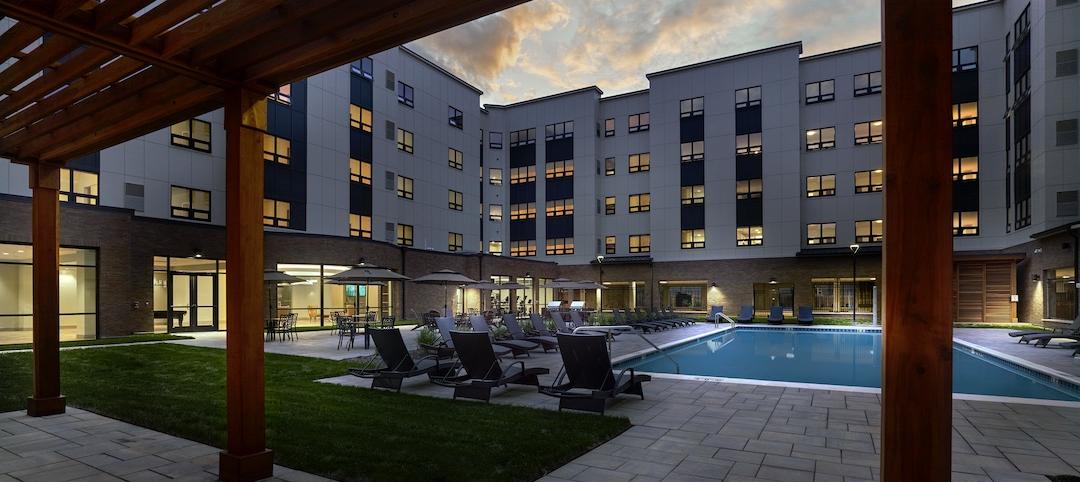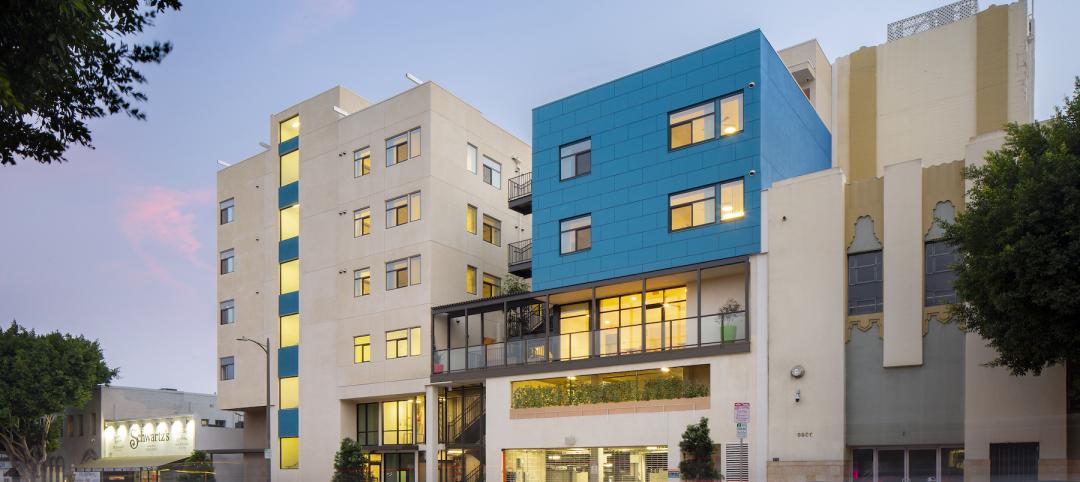Fannie Mae and 24 lenders that are part of an underwriting and servicing risk-sharing program provided $28.9 billion in financing for 446,000 units of multifamily housing in 2014. Fannie backstopped nearly all of those loans through its mortgage-backed securitization execution.
“It’s not just the volume that’s impressive, it’s the quality of the business,” said Hilary Provinse, Senior Vice President for Multifamily Customer Engagement, Fannie Mae. “We’re taking smart risks and winning the right deals” in what she described as an “incredibly competitive” market.
Fannie Mae’s Delegated Underwriting and Servicing (DUS) program has played a significant role in the multifamily housing market for 27 years. For 2014, Fannie singled out Bethesda, Md.-based commercial real estate finance company Walker & Dunlop, with 22 officers nationwide, as the lender in that program that produced the highest volumes of multifamily housing. Walker & Dunlop was followed by Wells Fargo Multifamily Capital, Berkadia Commercial Mortgage, CBRE Multifamily Capital, and PNC Real Estate.
Capital One Multifamily Finance was the DUS program’s leading producer for affordable multifamily housing. And KeyBank National Association’s lending produced the most seniors multifamily housing.
All told, the two government-sponsored enterprises, Fannie Mae and Freddie Mac, and its lenders provided $57.2 billion to finance the construction of more than 850,000 multifamily housing units.
Freddie’s $28.3 billion in multifamily volume was the second most in its history. CRBE Capital Markets was Freddie’s leading “Program Plus” seller for multifamily financing; Citibank produced the most affordable multifamily housing through this program; Walker & Dunlop the most very low-income units; and CRBE the most seniors housing.
Related Stories
Multifamily Housing | Apr 26, 2022
Investment firm Blackstone makes $13 billion acquisition in student-housing sector
Blackstone Inc., a New York-based investment firm, has agreed to buy student-housing owner American Campus Communities Inc.
Mixed-Use | Apr 22, 2022
San Francisco replaces a waterfront parking lot with a new neighborhood
A parking lot on San Francisco’s waterfront is transforming into Mission Rock—a new neighborhood featuring rental units, offices, parks, open spaces, retail, and parking.
Multifamily Housing | Apr 20, 2022
A Frankfurt tower gives residents greenery-framed views
In Frankfurt, Germany, the 27-floor EDEN tower boasts an exterior “living wall system”: 186,000 plants that cover about 20 percent of the building’s facade.
Multifamily Housing | Apr 20, 2022
Prism Capital Partners' Avenue & Green luxury/affordable rental complex is 96% leased
The 232-unit rental property, in Woodbridge, N.J., has surpassed the 96 percent mark in leases.
Senior Living Design | Apr 19, 2022
Affordable housing for L.A. veterans and low-income seniors built on former parking lot site
The Howard and Irene Levine Senior Community, designed by KFA Architecture for Mercy Housing of California, provides badly needed housing for Los Angeles veterans and low-income seniors
Market Data | Apr 14, 2022
FMI 2022 construction spending forecast: 7% growth despite economic turmoil
Growth will be offset by inflation, supply chain snarls, a shortage of workers, project delays, and economic turmoil caused by international events such as the Russia-Ukraine war.
Wood | Apr 13, 2022
Mass timber: Multifamily’s next big building system
Mass timber construction experts offer advice on how to use prefabricated wood systems to help you reach for the heights with your next apartment or condominium project.
Codes and Standards | Apr 13, 2022
LEED multifamily properties fetch higher rents and sales premiums
LEED-certified multifamily properties consistently receive higher rents than non-certified rental complexes, according to a Cushman & Wakefield study of two decades of data on Class A multifamily assets with 50 units or more.
Multifamily Housing | Apr 7, 2022
Ken Soble Tower becomes world’s largest residential Passive House retrofit
The project team for the 18-story high-rise for seniors slashed the building’s greenhouse gas emissions by 94 percent and its heating energy demand by 91 percent.
















